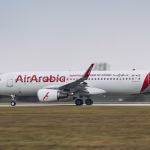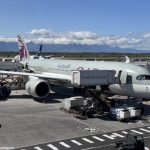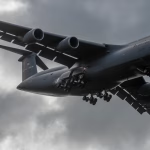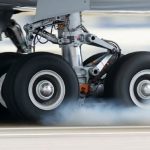1. Reducing Carbon Emissions
United Airlines’ electric supertugs are helping reduce the airline’s overall carbon footprint. Traditional diesel-powered tugs emit harmful gases, including carbon dioxide and particulate matter. By transitioning to electric alternatives, United is actively eliminating these emissions. This commitment aligns with the airline’s broader sustainability goals and the aviation industry’s effort to achieve net-zero emissions by 2050.
The airline’s proactive switch to electric-powered ground support equipment stands as a prime example for others in the global aviation ecosystem to follow.
2. Cutting Operational Costs
While sustainability is the key driver behind electrifying ground support equipment, United Airlines is also reaping significant financial benefits. Electric supertugs have drastically reduced reliance on diesel fuel, saving upwards of $50,000 annually per tug. Over time, these savings add up and allow the company to reinvest in other sustainability-focused areas, creating a positive feedback loop for innovation.
Additionally, electric tugs have fewer moving parts, translating to lower maintenance costs and extended operational lifespans. This cost-efficiency not only benefits the airline’s bottom line but also ensures consistency in operations, minimizing disruptions associated with mechanical failures.
3. Enhancing Operational Efficiency
United Airlines’ electric supertugs are a leap forward in terms of operational robustness. Unlike their diesel counterparts, these advanced machines provide smoother, quieter, and more efficient ground operations. Employees benefit from reduced noise levels, creating a safer and more comfortable working environment.
Furthermore, electric tugs boast the capability of towing fully loaded aircraft with precision and reliability. This improved operational performance enables quicker turnarounds and supports United’s mission to offer enhanced customer satisfaction.
The Road Ahead
United Airlines is continuously setting new benchmarks for sustainability in aviation. With a vision of electrifying its entire ground support fleet, the airline aims to fully retire its polluting tugs in the near future. By proactively investing in today’s renewable technologies, United is building a blueprint for the future of aviation—a cleaner, greener, and more efficient industry.
As one of the few airlines prioritizing widespread electrification of ground equipment, United Airlines is not just shaping its own future but also inspiring other carriers to embrace similar innovative measures for a sustainable tomorrow.





